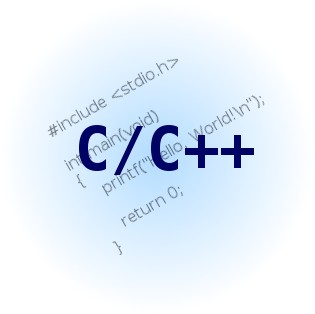
Implementation of Static members, Default arguments and
Friend functions
Aim
To design a
C++ classes with static members, methods with default arguments and friend
functions.
Algorithm
Default arguments:
Step 1: Start the
Program Execution
Step 2:Create the
Classes and declare all the Variables
and Member functions.
Step 3: Function
may be defined to take default values for the omitted arguments
by
providing the default values in the function prototype.
Step 4: Declare
the default function.
Step 5: Invoke
the default function.
Step 6: Display
the result
Step 7:Stop the
Program Execution.
Static Member
Functions:
Step 1: Start the Program Execution
Step 2: Create the Classes and declare all the Variables and Member
functions.
Step 3: Static member function of class is shared by all the
instances of the class. A static
member functions cannot access
auto members of a class.
Step 4: Create class TEST with static member function.
Step 5: Invoke the static member function using class name with
scope
Resolution operator and function
name.
Step 6: Display the value
Step 7: Stop the Program Execution.
Static Data members:
Step 1: Start the Program Execution
Step 2: Create the Classes and declare all the Variables and Member
functions.
Step 3: Static data member of class is shared by all the instances
of the class.
Step 4: Create class ITEM with static data member as count.
Step 5: Create a member function to increment the count.
Step 6: Declare the static data member using scope resolution
operator.
Step 7: Display the count value.
Step 8: Stop the Program Execution.
Friend functions:
Step 1: Start the Program Execution
Step 2: Create the Classes and declare all the Variables and Member
functions.
Step 3: Friend function is used to access the private data member
and member
Function.
Step 4: Create the class and declare the data member as private.
Step 5: Declare the friend function using the keyword friend.
Step 6: Perform the operation
Step 7: Display the result.
Step 8: Stop the Program Execution.
Program:
Default arguments:
Static Data members:
#include<iostream.h>
class item
{
static int count;
int num;
public:
void getdata(int a)
{
num=a;
count++;
cout<<”Number”<<num;
}
void showcount()
{
cout<<”count”;
cout<<count<<”\n”;
}
};
int item::count;
int main()
{
item a,b,c;
a.showcount();
b.showcount();
c.showcount();
a.getdata(20);
b.getdata(30);
c.getdata(40);
a.showcount();
b.showcount();
c.showcount();
}
OUTPUT:
count 0
count 0
count 0
Number 20
Number 30
Number 40
count 3
count 3
count 3
Static Member
Functions:
#include
class test
{
int code;
static int count;
public:
void setcode()
{
cout<<”Object
Number:”<<code<<”\n”;
}
};
int test::count;
int main()
{
test t1,t2;
t1.setcount();
t2.setcount();
test::showcount();
test t3;
t1.showcode();
t2.showcode();
t3.showcode();
return(0);
}
OUTPUT:
count 2
count 3
Object Number 1
Object Number 2
Object Number 3
Friend functions:





 Mohanraj
Mohanraj

 Posted in:
Posted in: 





0 comments:
Post a Comment